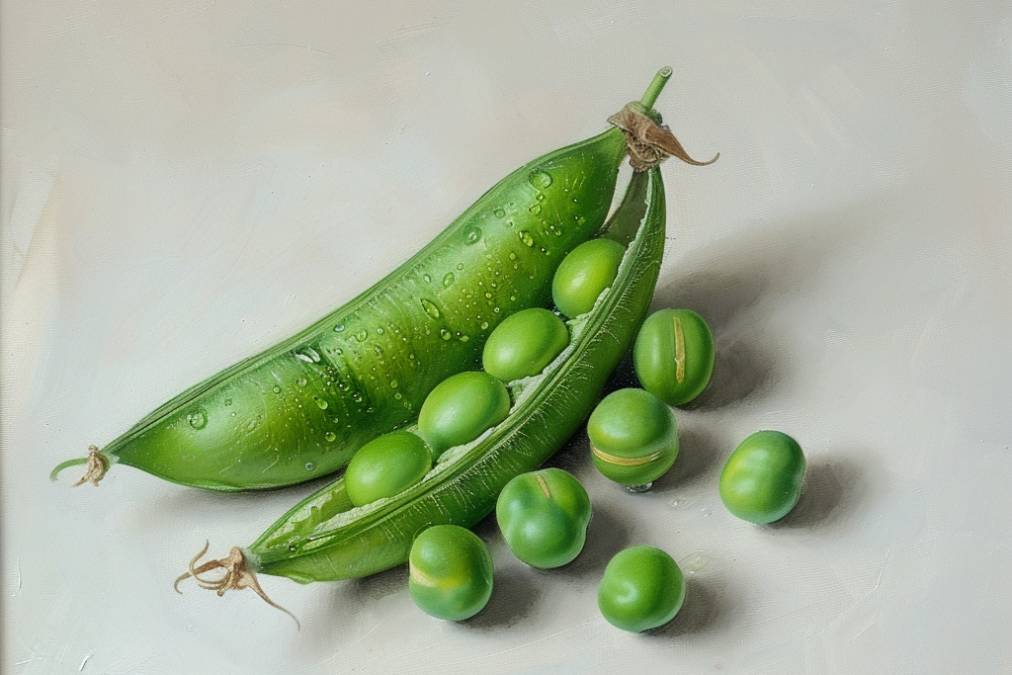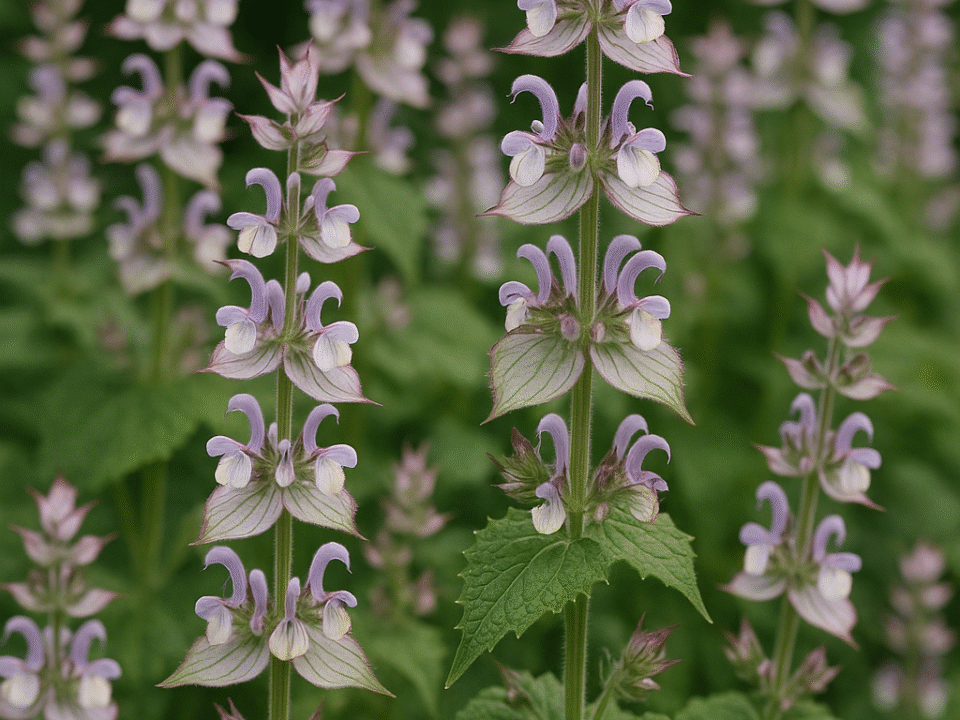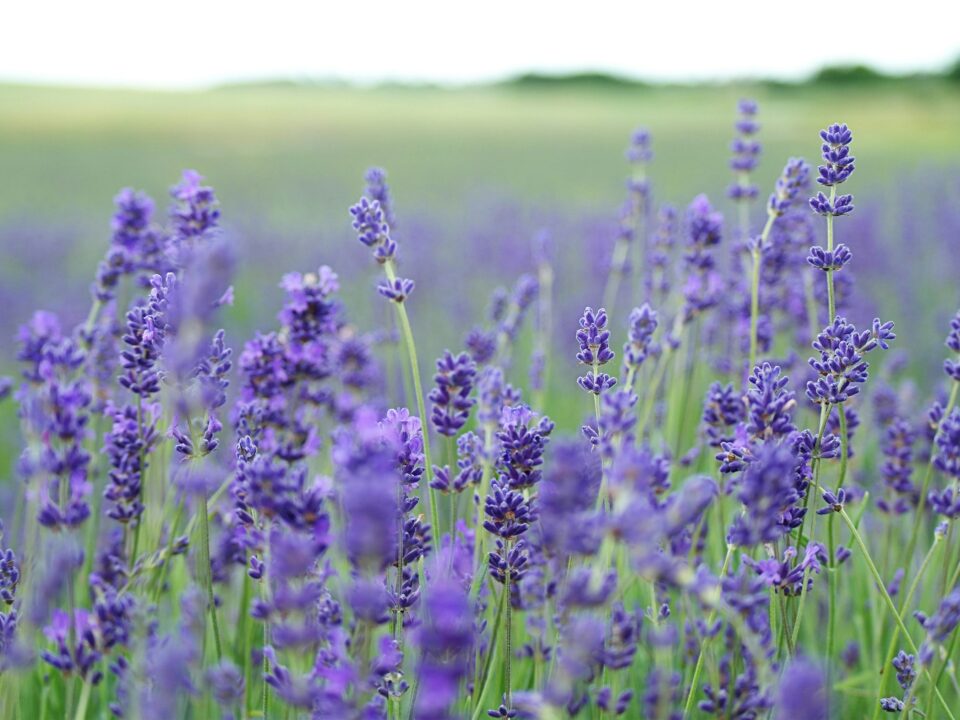
Peas, known scientifically as Pisum, serve as a pulse, vegetable, or fodder. Commonly, the term refers to either the seeds or occasionally the pods of this flowering plant, which was historically called Pisum sativum or cultivated pea. There is a suggestion to reclassify it under the name Lathyrus oleraceus. Mature pea pods, which botanically qualify as fruits because they arise from the flower’s ovary and contain seeds, typically encase multiple peas that display either green or yellow cotyledons.
Peas have a rich history that traces back to the Neolithic era, flourishing across the Mediterranean and Near East regions. Initially cultivated for their nutritional value, peas have been a medieval dietary staple across Europe and the Middle East, praised for their life-sustaining properties during times of famine. Botanically, peas belong to the legume family and are considered a fruit since they contain seeds and develop from the ovary of a pea flower.
Peas are predominantly composed of water but are also a significant source of vitamins and minerals. They provide essential nutrients like vitamin C, vitamin K, thiamine, and manganese, which are crucial for maintaining healthy skin. The modern culinary use of peas involves steaming or boiling, enhancing their natural sweetness and bioavailability of nutrients.
In the skincare world, the pea has transcended its traditional use through Actiwhite™ PW LS 9860. This innovative ingredient is a synergistic complex of pea extract and sucrose dilaurate, engineered to deliver a visible skin-brightening effect. Actiwhite™ has been shown to be as effective as leading market products in reducing age spots and enhancing skin evenness. It operates by inhibiting the maturation of melanosomes and deactivating tyrosinase, a key enzyme in the melanin production pathway, thus contributing to a brighter, more even skin tone.
Beyond its brightening capabilities, pea extract offers several other dermatological benefits, such as antioxidant properties, skin conditioning, and thickening properties. Pea extract contains natural antioxidants like ellagic acid and quercetin, which help mitigate skin redness and other signs of irritation. Classified as a skin-conditioning agent, pea extract contributes to skin softness and elasticity. When used in higher concentrations, the starch in peas can thicken cosmetic formulations, although it is more commonly valued for its antioxidant and skin-calming benefits at lower concentrations.
Incorporating pea extract into skin care products is a brilliant example of how traditional ingredients are being repurposed to fulfil modern beauty standards, offering a natural and effective option for enhancing skin brightness and overall health. The use of pea extract in skin care is a testament to the potential of natural ingredients in providing solutions that promote vibrant and healthy skin.



